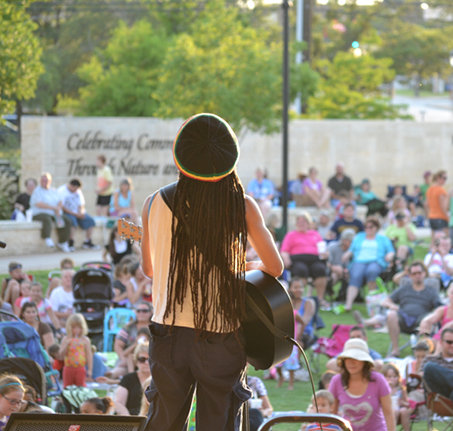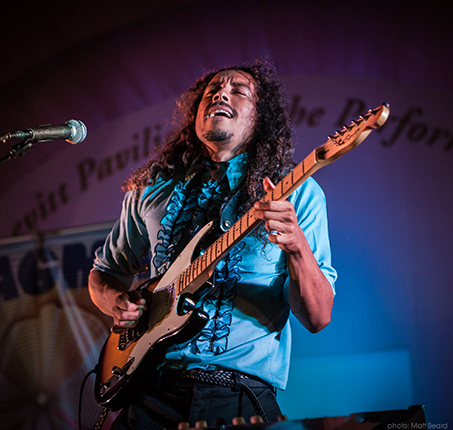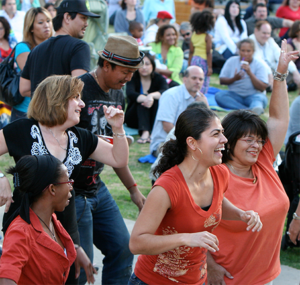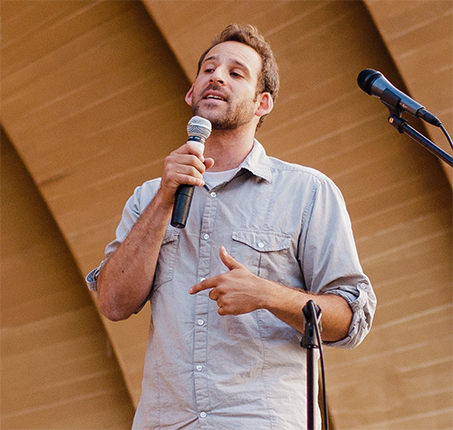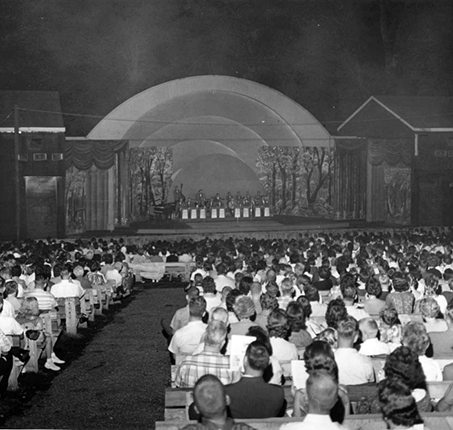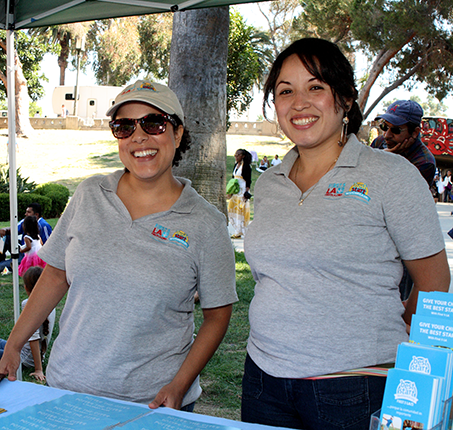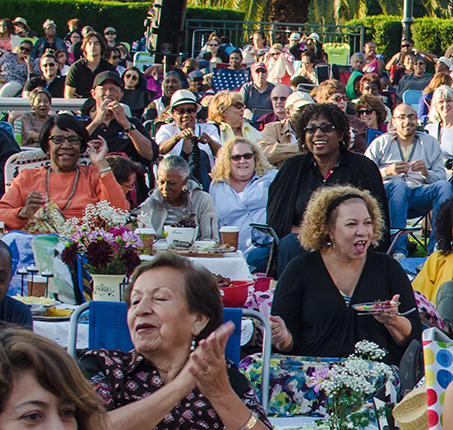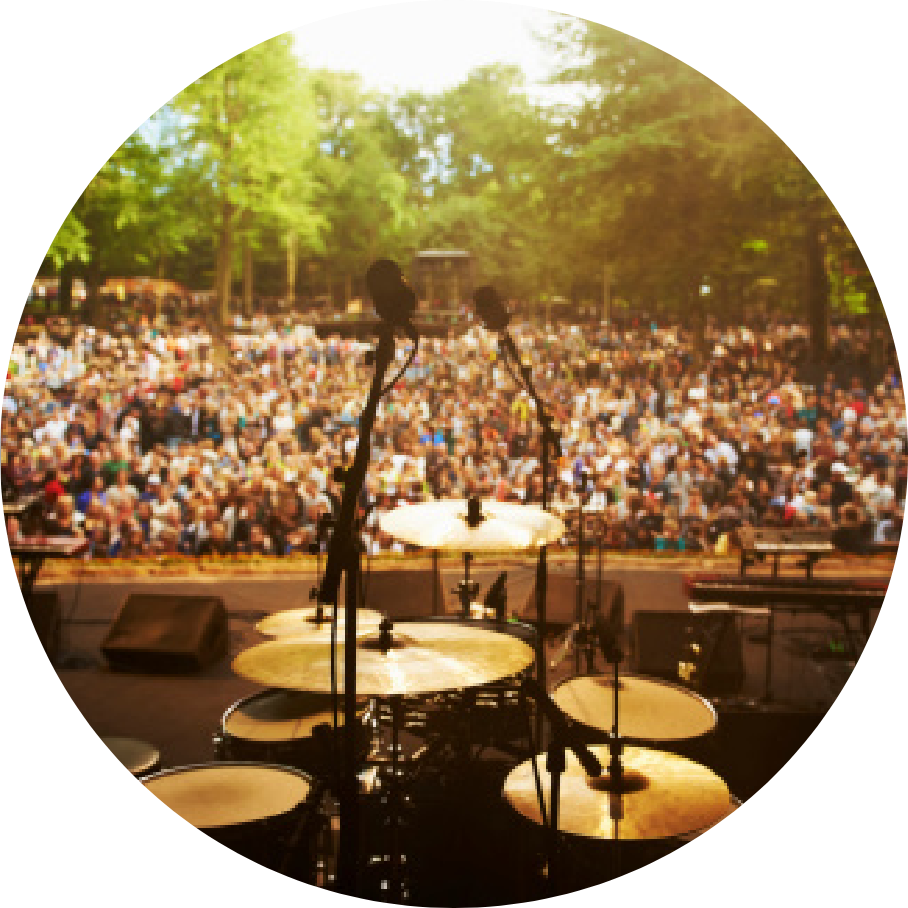
BACKGROUND
Through its support of creative placemaking, the Mortimer & Mimi Levitt Foundation empow- ers communities across the country to revitalize underused public spaces through free live music, including the development of permanent outdoor Levitt music venues, each providing 50 free, professional concerts to the community every year.
Levitt venues—each managed, programmed and supported by a Friends of Levitt nonprofit organization—share a common mission to strengthen the social fabric of their communities by invigorating community life and bringing people together of all ages and backgrounds.
Commissioned by the Levitt Foundation and led by Slover Linett Audience Research, this multi-year (2013–2016), mixed-method study was designed to explore whether and how Levitt music venues are bringing about change in communities and the mechanisms by which they affect individual concertgoers and the broader community. The new study sought to examine the social impact of these venues and to further the dialogue on how to measure the outcomes and impact of creative placemaking interventions.
Indirect Outcomes Assessment, by Joanna Woronkowicz, Ph.D.
Largely modeled after the National Endowment for the Arts’ “Arts & Livability Indicators” system, this component of the study discusses the limitations of indicators in creative placemaking outcomes measurement and impact evaluation.
Audience & Community Outcomes Exploration, by Slover Linett
Using primary qualitative and quantitative data collection, this component of the study examines how Levitt venues provide opportunities for social interactions that increase both “bonding” and “bridging” social capital, and explores the community-level impact of Levitt venues.
A multi-modal study to explore how the venues are bringing about observed changes and whether they are creating social impact.
Key Findings
- The free Levitt concert series, and the venue’s welcoming environment, offer a hybrid experience of both the arts and community connection, facilitating social interaction not only within attendees’ existing social groups, but also facilitating meaningful social interactions across demographic boundaries.
- Levitt venues, while playing a catalytic and contributory role in broader community revitalization, were not solely responsible for these developments and were one among several strategies for community vitality. Fully understanding a neighborhood’s context is key to understanding both the potential and actual impacts of a creative placemaking initiative.
- Reinvigoration of the public space creates an improvement in community members’ perceptions of the safety of the Levitt venue location and surrounding neighborhood. More broadly, this reinvigoration combined with activation of the Levitt venues contributes to community residents’ “pride of place.”
- The caliber and variety of musicians performing at Levitt venues plays an important role in appealing to a diverse cross-section of their communities. While attendees may not be familiar with the particular artists performing, they have come to trust Levitt to expose them to new music and high-quality talent they will enjoy.

